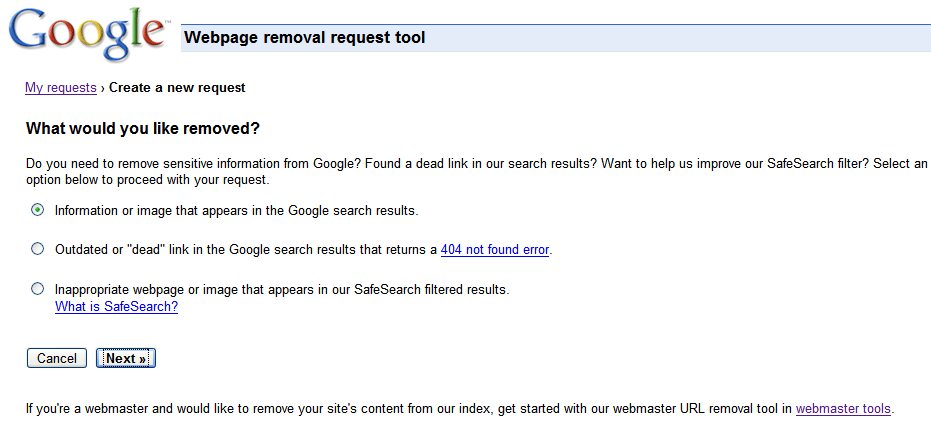


In this case, we imported Spanish from but if you’re working with text in English, just import English from Check the list of languages available here.

Now we’ll use Count Vectorizer to transform these texts within the df dataframe in a vector of token counts. import pandas as pd texts = df = pd.DataFrame() In the end, we’ll get a vector representation of the text data.įor this example, I’ll add a quote from Bill Gates to the previous text to build a dataframe that will be an example of a corpus. Count Vectorizer will help us convert a collection of text documents to a vector of token counts. The previous methods become less useful when dealing with a large corpus because you’ll need to represent the tokens differently. Convert a corpus to a vector of token counts with Count Vectorizer (sklearn) In this case, the apostrophe (‘) in “ here’s” and the comma (,) in “ ones,” were considered as tokens. In this case, the default output is slightly different from the. from nltk.tokenize import word_tokenize word_tokenize(text)
#COMBINE TOKENS TO FORM CLEAN TEXT PYTHON CODE#
Once you installed NLTK, write the following code to tokenize text. NLTK contains a module called tokenize with a word_tokenize() method that will help us split a text into tokens. This is a suite of libraries and programs for statistical natural language processing for English written in Python. NLTK stands for Natural Language Toolkit. Īs you can see above, the split() method doesn’t consider punctuation symbols as a separate token. If we write the code above, we’ll obtain the following output. They push the human race forward, and while some may see them as the crazy ones, we see genius, because the ones who are crazy enough to think that they can change the world, are the ones who do.””” text.split() You can quote them, disagree with them, glorify or vilify them, but the only thing you can’t do is ignore them because they change things. The ones who see things differently - they’re not fond of rules. text = “””Here’s to the crazy ones, the misfits, the rebels, the troublemakers, the round pegs in the square holes. split(), the text will be separated at each blank space.įor this and the following examples, we’ll be using a text narrated by Steve Jobs in the “Think Different” Apple commercial. Īs we mentioned before, this is the simplest method to perform tokenization in Python. The code of both articles is available on my Github. In the article below, I wrote a guide to help you with these tedious tasks. Note: Tokenization is one of the many tasks a data scientist do when cleaning and preparing data.

Tokenize text in different languages with spaCy 5. Convert a corpus to a vector of token counts with Count Vectorizer (sklearn) 4. That’s why, in this article, I’ll show 5 ways that will help you tokenize small texts, a large corpus or even text written in a language other than English. split(), that method might not be the most efficient in some projects. Most Natural Language Processing (NLP) projects have tokenization as the first step because it’s the foundation for developing good models and helps better understand the text we have.Īlthough tokenization in Python could be as simple as writing. It consists of splitting an entire text into small units, also known as tokens. Tokenization is a common task a data scientist comes across when working with text data.


 0 kommentar(er)
0 kommentar(er)
